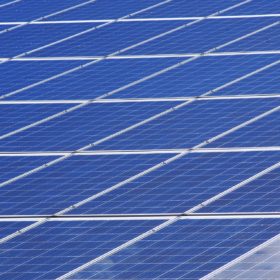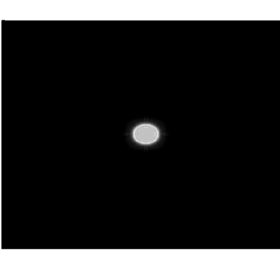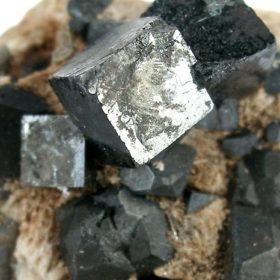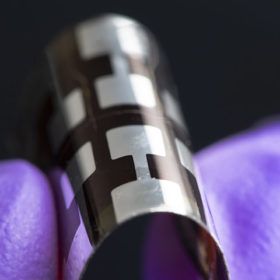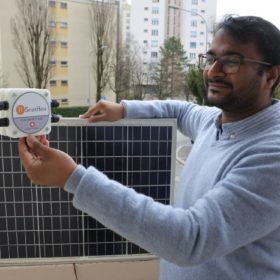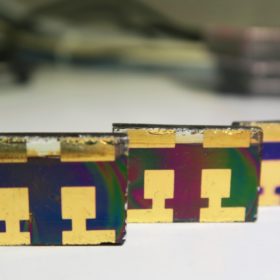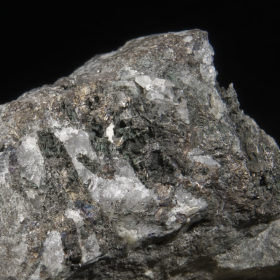Chinese PV Industry Brief: Inner Mongolia set for 5 GW solar-storage-hydrogen complex
The China Energy Investment Corp is planning to invest RMB22 billion in a facility in the autonomous region. The state-owned mining and energy company has signed a framework agreement with the government of the city of Yijin Holo Banner for the project.
Scania develops solar cell-clad trailer
The 18-meter long solar cell-clad trailer is said to enable fuel savings of 5-10% in Sweden. Swedish thin-film manufacturer Midsummer is a partner on the project.
Checkerboard solar cell design for improved light diffraction
A U.K.-Portuguese research group is proposing a new solar cell design based on diffraction gratings – optical components that split and diffract light into several beams. They claim this could lead to a 125% improvement in light trapping.
Bifacial perovskite solar cells may become more eco friendly than crystalline ones
A US study has suggested the raised energy yield of bifacial perovskite devices effectively means they could have a lower environmental impact than conventional crystalline cells. The researchers considered single-junction cells with high and low bandgaps and similar, multi-junction devices with two and four-terminal structures.
Gallium arsenide phosphide tandem solar cell with 25.0% efficiency
The demonstrated device, according to the academics, is built with interfaces between the active cell layers that improve the top cell carrier collection. The cell was built with texturing and a hydrogenated amorphous silicon (a-Si:H) passivation of a silicon back surface.
Australian startup to replace silver with copper in solar cell manufacturing
Startup SunDrive has secured US$2.2 million in funding from the Australian Renewable Energy Agency to help scale its low-cost, high-efficiency solar cell manufacturing process.
NREL scientists build all-perovskite tandem solar cell with 23.1% efficiency
The U.S. based researchers have developed a new wide-bandgap perovskite layer – called Apex Flex – which they claim is able to withstand heat, light, and operational tests, and at the same time provide a reliable and high voltage. With this material, they built tandem solar cells with 23.1% power conversion efficiency on a rigid substrate, and 21.3% on flexible plastic.
Swiss solar monitoring start-up raises $272,000
SmartHelio claims to have witnessed a near 200% jump in demand for its deep-data driven solar asset management solution, which plugs into solar panels or energy storage systems. Sales of the internet-of-things enabled, cloud product have leapt in the last six months.
Chemical assist for stable perovskite cells at 23% efficiency
Scientists at the École Polytechnique Fédérale de Lausanne have developed a new ‘chemical innovation’, for the deposition of perovskite solar cells onto a substrate. The method is shown to produce cells at better than 23% efficiency, that remained stable after 500 hours testing at a raised temperature.
Kesterite solar cell with 8.66% efficiency and fill factor of 62.63%
Researchers in South Korea have analyzed the effects of alkali doping on the fill factor of kesterite solar cells and have built a device on a flexible metal foil optimized with a sodium fluoride doping layer.
